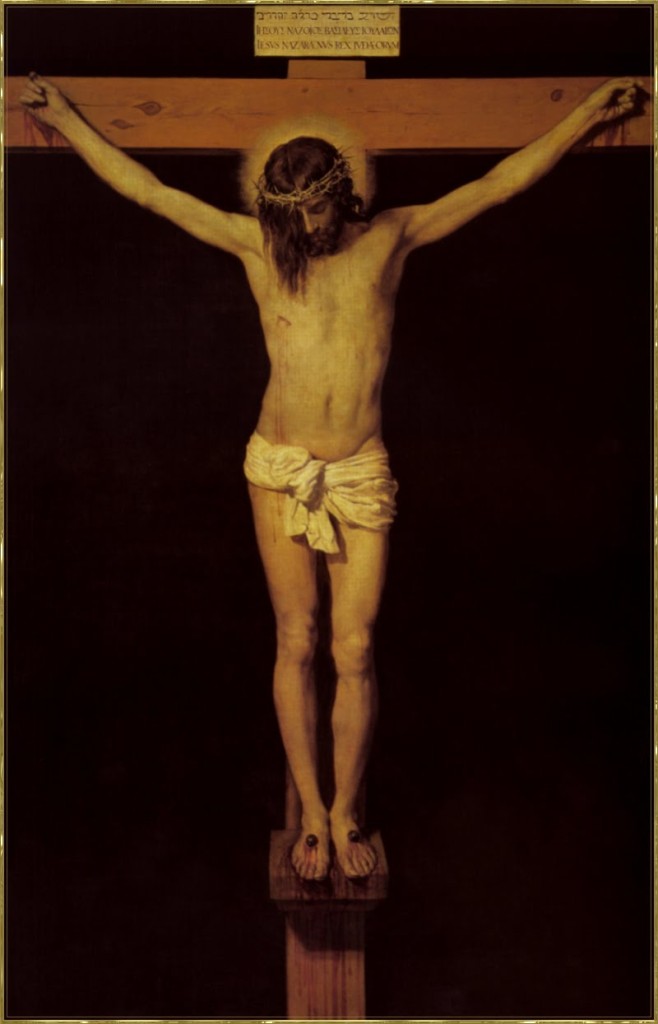
‘The death of the God-Man is the spring of everlasting life’.
In Paray-le-Monial, the French town where the Sacred Heart of Jesus appeared to St. Margaret Mary Alacoque, stands a beautiful chapel built in honour of St. Claude la Columbiere.
On the high altar is an image of two stags drinking from the springs of living water.
This image remains deeply imprinted in my mind, for I have so often prayed before it.
It depicts the life-giving wellsprings of the eternal gifts brought to us through the Paschal mystery – the life, death and resurrection of Our Lord Jesus Christ.
As we have journeyed through Lent, the liturgy uses the gospel of St. John, to illumine the mysterious nature of the Redemption. It emphasises the movement from the Old Covenant to the New.
For instance, when our Lord rests at the well of Jacob, He compares the water from the well of the Patriarch, with His living water:
Whoever drinketh of this water, shall thirst again; but he that shall drink of the water that I will give him, shall not thirst for ever:
But the water that I will give him, shall become in him a fountain of water, springing up into life everlasting. (4:13-14)
Another Johannine example is when Jesus speaks to the Jews after the feeding of the five thousand. In a similar way, He compares the manna eaten in the desert, with the eating of His own flesh:
I am the bread of life. Your fathers did eat manna in the desert, and are dead. This is the bread which cometh down from heaven; that if any man eat of it, he may not die.
I am the living bread which came down from heaven.
If any man eat of this bread, he shall live for ever; and the bread that I will give, is my flesh, for the life of the world.” (6:48-52).
Yet these sublime pronouncements only become fully realised as the Paschal Mystery unfolds in its entirety.
And in Holy Week, we enter this mystery through the Sacred Triduum – Holy Thursday to Easter Sunday.
Thus, with the inauguration of the Holy Eucharist – the New Covenant – at the Last Supper, we begin to understand what it means to eat His flesh.
Yet, without each part of the Paschal Mystery, we fail to understand fully what our Lord is saying.
(Of course, this Mystery is so profound, so unfathomable that it is difficult to catch more than a glimmer. This Mystery has fashioned countless thoughts and writings. My few and poor words barely scratch the surface.)
With Our Lord’s death on the cross, we are taken a step further into the mystery.
Through the Crucifixion, Jesus’ Body and Blood is offered for our Redemption.
His was the final sacrifice – the eternal sacrifice.
With outstretched arms, hanging there, hands and feet pierced with nails, He loves us.
And in immense suffering and pain, He never ceases from loving us. And through this inexhaustible love, he takes on the enormity of every human sin and failing from the moment of the Fall. Forgiveness for this immensity of sin becomes present in our universe.
And when His side is pierced with the lance, out flow Blood and Water.
As Tradition holds, this was the moment of birth for the Church.
… The moment when His Precious Blood – representing the Holy Eucharist – and His Purifying Water – symbolising the purifying waters of Baptism – flowed. This was the moment that Holy Church was born. She was born from this spring of everlasting life, gushing forth from the Heart of the Saviour.
And the Mystery continues. For, our Lord is not yet Resurrected.
‘Tertia die resurrexit a mortuis’. And on the third day, He rose again from the dead.
With the Resurrection, Our Lord’s Flesh becomes Glorified. And then His Flesh is offered to us, in the Holy Eucharist that we may be brought to eternal life and that we will no longer thirst.
Here is a brief and poor recollection of the Easter Mystery.
Through this unfathomable Mystery, Our Lord gave His life for the life of the world. And in so doing, He brought forth Holy Church and Her Sacraments, as the means for receiving eternal life.
He made possible that we could drink from the wells of everlasting life.
And this is a small taste of what we celebrate as we enter into the Sacred Triduum, the greatest and most profound time in our Liturgical Year.
Foreword for Monarchy by Roger Buck
Buying Books at Amazon Through These Links Gives Us a Commission. This Supports Our Apostolate. Thank You if You Can Help Us Like This!





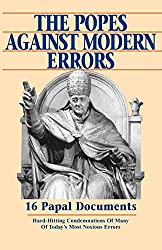
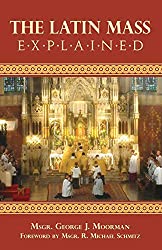
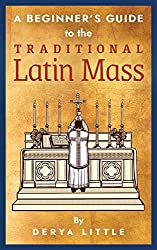
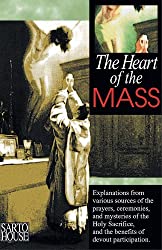
Comments
comments are currently closed
4 responses to “Into the Sacred Triduum …”
There was no Holy Communion distributed Good Friday, just the celebrant received. I attended The Mass of the Pre Sanctified in traditional Latin, (Institute of Christ the King) it was beautiful. I’m curious who overturned Pope Pius XII’s suppression the “Mass of the Pre-sanctified” and his reinstating of distribution of Holy Communion for the faithful?
Please help if you can.
God Bless
Kev
Kev, I apologise for the delay.
Interestingly, Roger and I were away for the Sacred Triduum in Limerick, with the Institute of Christ the King. I wonder if that is where you were, for we too attended the Mass of the Pre-Sanctified.
Both of us also found it incredibly beautiful.
Like you, we were puzzled and have not yet come to any answers about the reform, suppression etc.
However, even since I wrote the sentences above, something helpful has come to my attention – which I will write you about shortly.
Happy Easter!
Yours in Christ,
Kim
Holy Easter day for both.
My experience with life has given me the gift of being confronted with the Mystery of the Holy Saturday…. The ‘place’ or ‘space’ from where the Resurrected Body comes from. No Resurrection can arise without being activated there, no Sacred Triduum can be made ours without this descent. I pray for you with strong love that you can find the strength to meditate on the metaphysical level and practical level of Christ being in the ‘place’ of the “underworld”. A mystic of our days (she received the mission, for the first time in 2000 years, three years ago from the Vatican, to ‘live’ this descent and to bring the fruits to the Church) says that this ‘descent’ in the underworld (hades) started already the Thursday Night.
Dear Michèle,
It is good to hear from you. Happy Easter to you too!
Your words speak about something so deep and powerful and could take a lifetime of meditation.
When I was writing my blog on the Easter Triduum, I was thinking of this line from the Apostles Creed: “He descended into hell”.
What does this really mean? We pray this every day as we begin our Rosary, but what does it really mean?
And like you say, as our Lord began His Passion, He was already experiencing this descent – the totality of our sinfulness, all of it, the sin of the whole world, including hell.
When our Lord appeared to St. Marguerite Marie Alacoque, asking of her to spend one hour between Thursday and Friday, partaking in the fatal sadness He felt in the garden of Gethsemane, he was asking her to feel this Mystery with Him.
This is so deeply profound, how can we ever truly know what it means?
Thank you and God bless you,
Kim